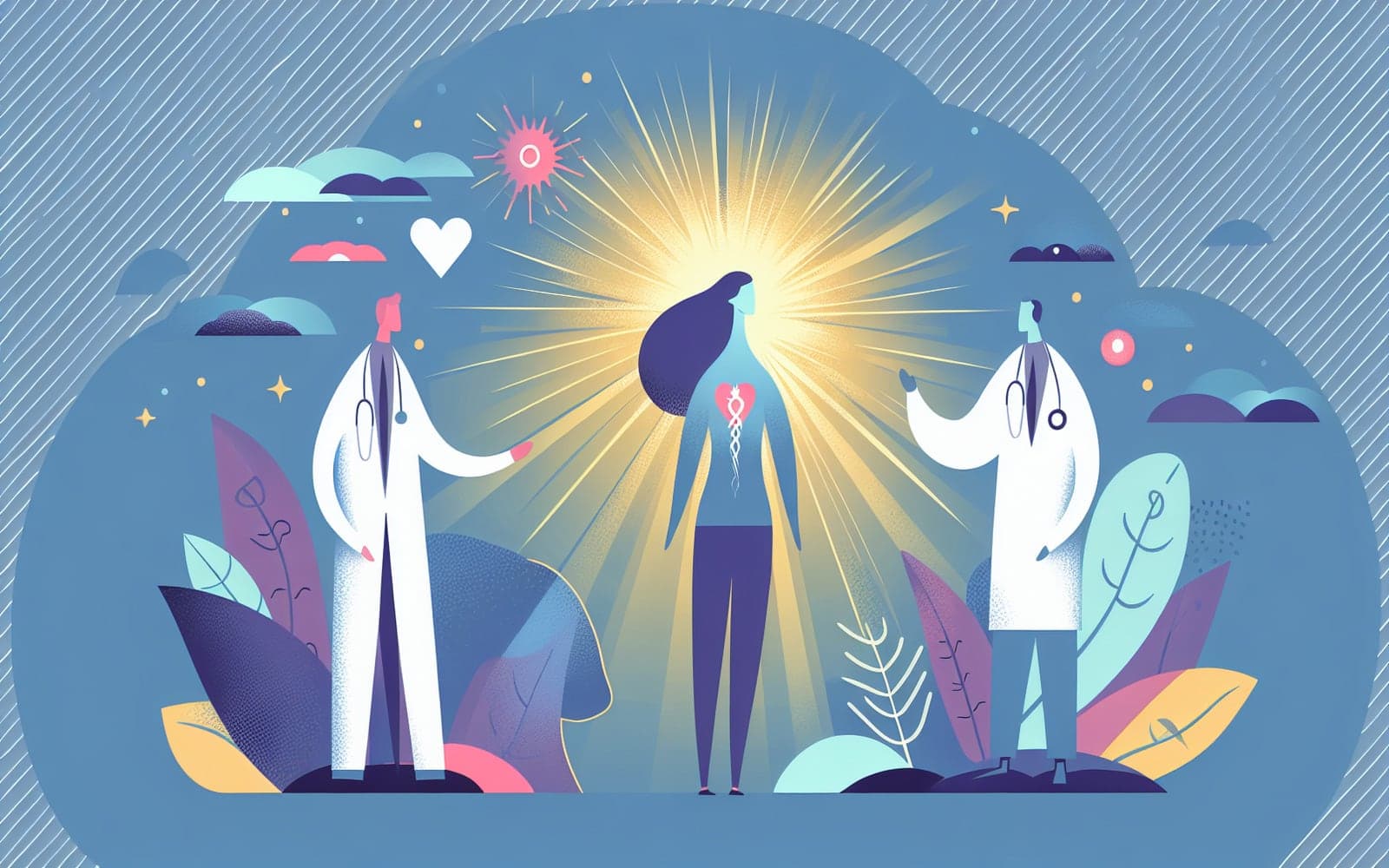Are You at Risk for Postherpetic Neuralgia?
Published: Nov 19, 2023

Medically reviewed by Alan Lucks | MD, Alan Lucks MDPC Private Practice - New York on November 19th, 2023.
Understanding the risk factors for postherpetic neuralgia (PHN) can help you take preventative steps. Here's what makes some people more susceptible.
Contents
Age and Immunity
The risk of developing PHN increases with age, particularly in those over 60. As we age, the immune system naturally weakens, making the elderly more susceptible to virus reactivation and subsequent nerve damage.
Shingles Severity
Experiencing severe or widespread shingles greatly increases the likelihood of PHN. A more intense rash or pain during shingles can indicate a higher risk of persistent pain after recovery.

Frequently Asked Questions
People over 60 with severe shingles are most at risk.
It's rare in younger individuals.
Yes, more severe shingles increase PHN risk.
Key Takeaways
Are you doing enough to minimize your PHN risk?
Get started: Assess your risk factors with Doctronic today.Related Articles
References
Jung BF, Johnson RW, Griffin DR, Dworkin RH. Risk factors for postherpetic neuralgia in patients with herpes zoster. Neurology 2004; 62:1545.
Helgason S, Petursson G, Gudmundsson S, Sigurdsson JA. Prevalence of postherpetic neuralgia after a first episode of herpes zoster: prospective study with long term follow up. BMJ 2000; 321:794.
This article has been reviewed for accuracy by one of the licensed medical doctors working for Doctronic. Always discuss health information with your healthcare provider.

